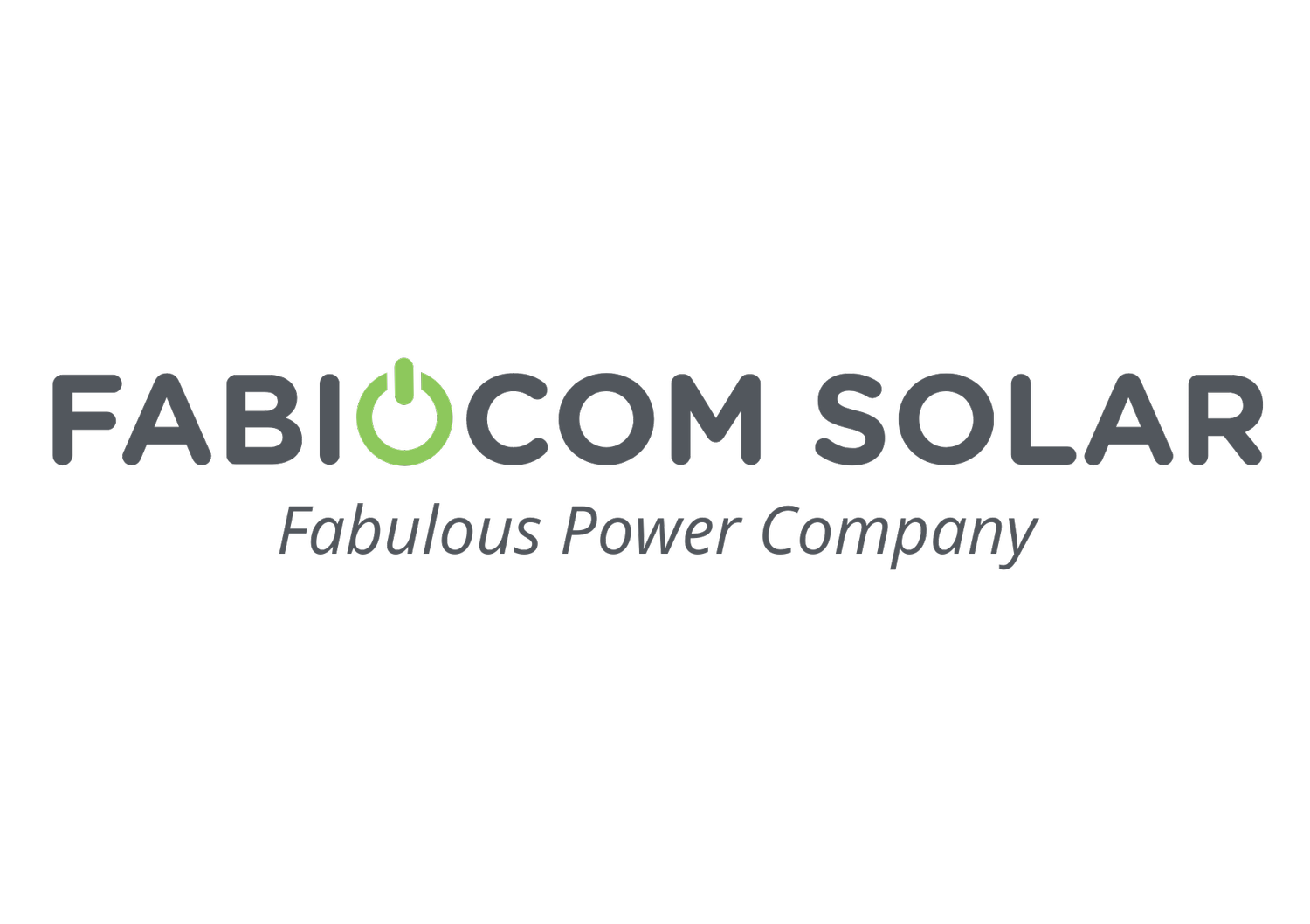Solutions
Grid-Tie PV Solar System
Grid-tied or grid-connected solar is a solar system without batteries. Your electrical installation is connected to both the national grid and your solar system, so you will always have electricity available at the flick of a switch – from solar power during the day, and from ESKOM at night. You will only be billed if your power consumption is in excess of the amount you are generating.
Grid-Interactive / Hybrid PV Solar and Backup Power System
The best of all worlds & and the common system we see in homes and gaining momentum in commercial applications. This system comprises solar power with battery backup and all excess power generated by the solar panels is returned to the grid. Smart inverters can be programmed to use battery power during peak tariff times. In the ultimate hybrid configuration, power can be generated by solar panels, wind turbines, diesel generators or mains, alone or in any combination.
Off-Grid PV Solar System
For situations where mains power is not available, or the client wishes to become completely independent of the grid. All power is generated by the solar panels; a battery bank stores excess power for use at night or when the sun is not shining. Because the system is your only source of power, many off-grid systems contain multiple charging sources such as solar, wind, and generator.
Battery Backup Power System
Even if one doesn’t add solar, a battery backup system / ESS (energy storage system) could combat load-shedding. A bank of batteries plus an inverter-charger form the core of a system that is wired into your DB board. While mains power exists, your building draws its load from the grid as per usual, while the inverter sends mains power to the batteries, ensuring they remain fully charged in the event of an outage. When there is a power failure, the backup system automatically & instantly (within 15 msec) switches over to battery power. When utility power returns, the whole procedure is reversed and the unit will switch back to utility power and will automatically start re-charging the batteries. Great as a starter or large-scale option, and scalable to incorporate solar, if possible.
FAQs
-
The best way is to arrange a site visit with one of our solar consultants. But for interest sake, your system size will be determined by the following three factors.
What roof space do you have available?
North facing roofs are preferably, as a North facing solar array will produce more energy, than other orientations. East and West facing roofs can also work, but will produce less solar power than a North facing roof.
What is your yearly energy usage, or your monthly average usage?
Your daily energy consumption will determine the amount of energy to be produced by your solar system. Daytime energy consumption will determine the solar system size which is a proportion of your total energy consumption.
How much do you want to invest in a solar system?
Solar systems are very modular. You can start with a small investment being a certain size system initially, later on adding more equipment i.e larger/additional inverter, more batteries, or more solar panels etc.
-
We can determine this for you by analyzing your prepaid purchases and visiting your property.
-
Solar systems are very modular. You can start with a small investment being a certain size system initially, and later on adding more equipment i.e larger/additional inverter, more batteries, or more solar panels, etc.
-
This is dependent on various factors such as your particular electricity tariff structure, roof orientation, and location in South Africa. Further considerations to take into account are the client energy profile, rising energy costs, the cost of adding more or less batteries and/or solar panels, maintenance costs, energy output degradation, feed-in, and other factors.
